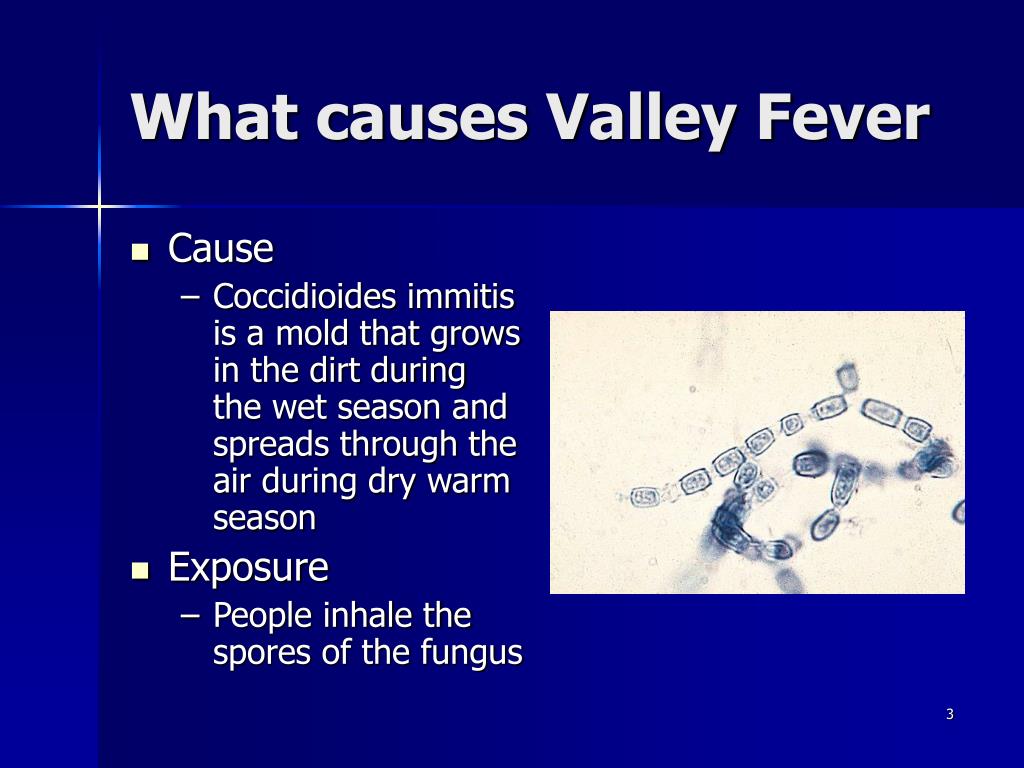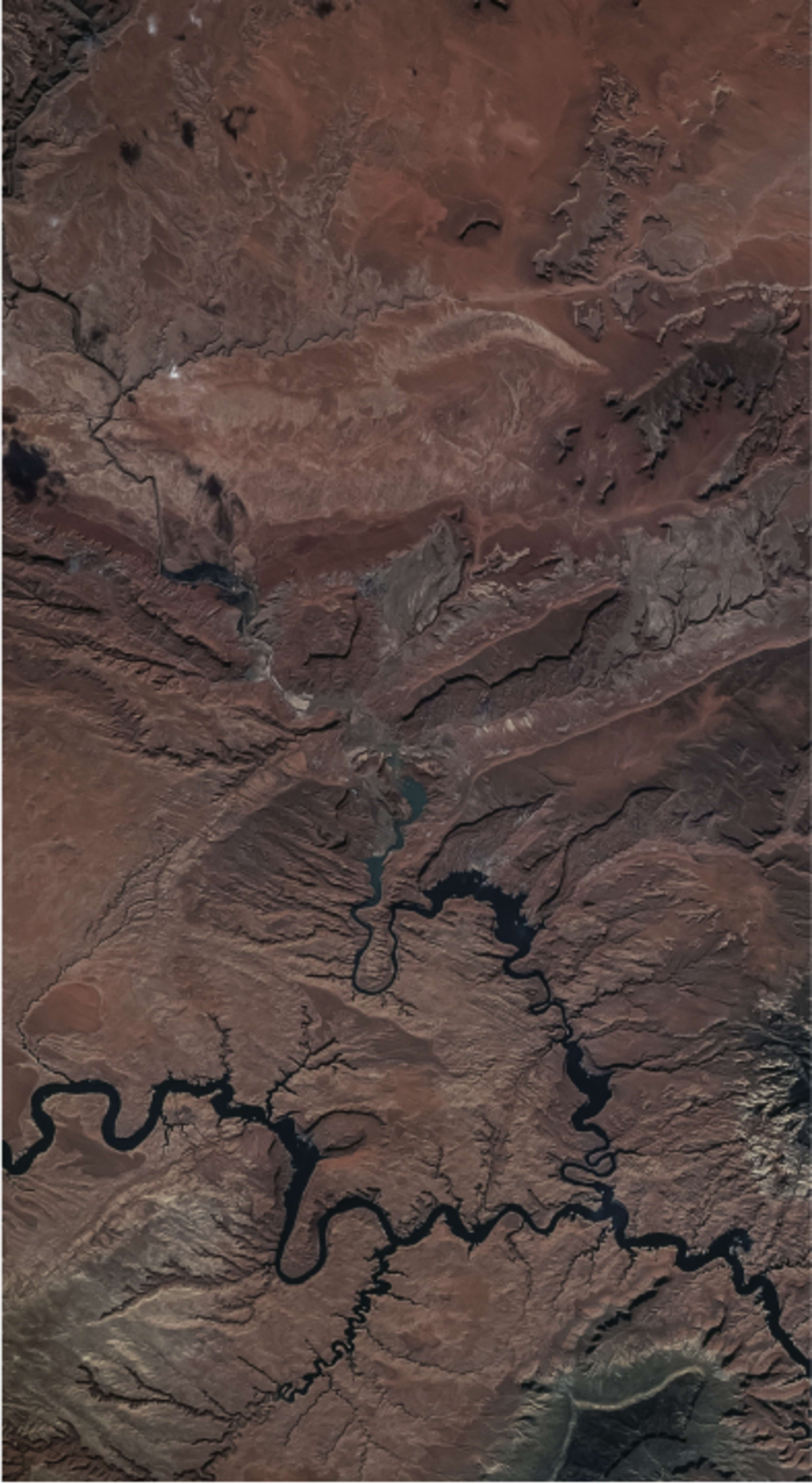Table of Contents
- Figure 2 from Coccidioidomycosis (Valley Fever) in Primary Care ...
- (PDF) Coccidioidomycosis: an overview of Valley Fever and the ...
- Potentially deadly valley fever is hitting California farmworkers hard ...
- Valley Fever: 10 Symptoms of Valley Fever
- PPT - Valley Fever PowerPoint Presentation - ID:237190
- Coccidioidomycosis, Valley Fever, LM | Stock Image - Science Source Images
- Valley fever: What is the disease that's caused by fungus?
- Valley Fever: 7 Natural Home Remedies For Valley Fever Treatment
- Where is Valley Fever found? | Anivive Lifesciences
- What is Valley Fever? Cases increasing on the Central Coast - YouTube



What is Valley Fever?


Symptoms of Valley Fever



Prevention and Treatment
Preventing Valley Fever is crucial, especially for individuals who work outdoors in areas where the fungus is common. The NWCG recommends the following preventive measures: Wear a mask when working in dusty areas Avoid disturbing soil whenever possible Use water to suppress dust when working in areas where the fungus is present Avoid activities that disturb the soil, such as digging or construction If you suspect you have Valley Fever, it is essential to seek medical attention immediately. Treatment typically involves antifungal medication, and in severe cases, hospitalization may be necessary.
NWCG Guidelines for Wildland Firefighters
The NWCG has developed guidelines for wildland firefighters to prevent and treat Valley Fever. These guidelines include: Providing education and training on Valley Fever prevention and treatment Requiring the use of personal protective equipment, such as masks, when working in areas where the fungus is present Implementing dust-suppression measures when working in areas where the fungus is common Monitoring firefighters for symptoms of Valley Fever and providing medical attention if necessary Valley Fever is a significant health concern for individuals who work outdoors in areas where the Coccidioides fungus is prevalent. By understanding the symptoms, prevention, and treatment of Valley Fever, individuals can take steps to protect themselves from this fungal infection. The NWCG guidelines for wildland firefighters provide a framework for preventing and treating Valley Fever, and it is essential for individuals to follow these guidelines to minimize their risk of infection.For more information on Valley Fever, visit the Centers for Disease Control and Prevention (CDC) website. If you suspect you have Valley Fever, seek medical attention immediately.
Note: This article is for informational purposes only and is not intended to provide medical advice. If you have concerns about Valley Fever or any other health issue, consult a medical professional.